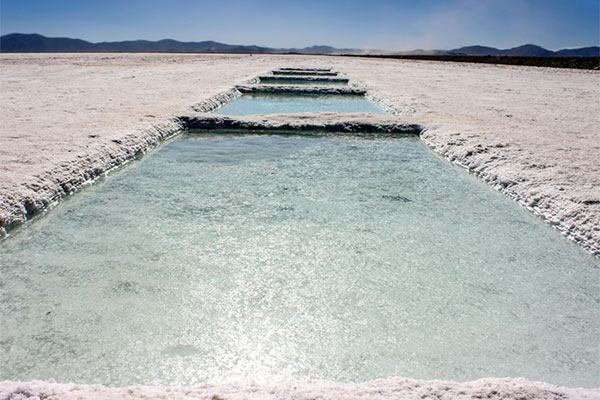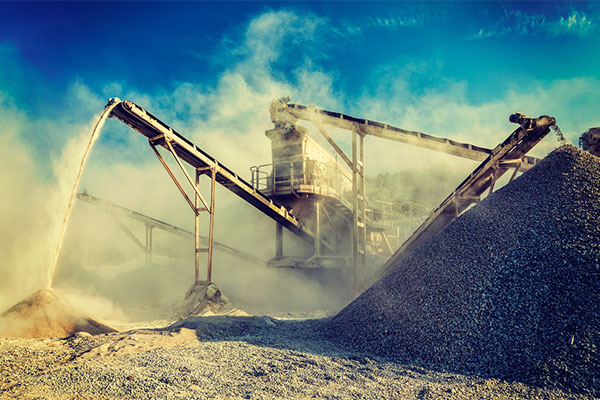Lithium is a vital player in the global push toward decarbonization as it is a key ingredient in Lithium-Ion batteries used to power electric vehicles (EVs).
As the green revolution gains more momentum throughout the coming decades, so will the demand for lithium. This critical mineral is also widely used in other industrial applications, such as cell phones, laptops, glass, and ceramic production amongst other uses.



